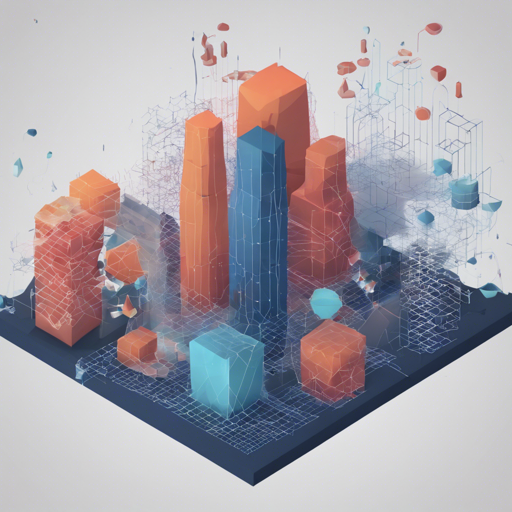Point2Mesh is an innovative technique for reconstructing surface meshes from input point clouds, demonstrating the power of generative algorithms in AI. This article will guide you step-by-step through the installation and usage of Point2Mesh, while providing handy troubleshooting tips along the way.
Installation
The journey begins by cloning the repository. Let’s get started:
git clone https://github.com/ranahanocka/point2mesh.git
cd point2meshSetting Up Your Conda Environment
To run Point2Mesh smoothly, it relies on specific versions of PyTorch and PyTorch3D:
conda env create -f environment.ymlThis command creates an isolated environment named point2mesh. Ensure you have PyTorch 1.4 (or 1.5) and PyTorch3D 0.2.0 for optimal performance.
Installing the Manifold Software
Point2Mesh also requires the Robust Watertight Manifold Software. Here’s how to proceed:
- Navigate to your desired installation location using the command:
- Follow the installation instructions in the Watertight README.
- If you installed Manifold in a different path, ensure to update options.py as instructed in the documentation.
cd ~codeRunning Examples
Now that everything is set up, let’s get some data and run the reconstruction:
.scripts/get_data.shAfter you’ve got the data, activate your conda environment with:
source activate point2meshExecuting Sample Scripts
Here are a few example scripts to kick off your first reconstructions:
- For a giraffe reconstruction:
.scripts/examples/giraffe.sh.scripts/examples/bull.sh.scripts/examples/tiki.sh.scripts/examples/noisy_guitar.shUnderstanding the Code with an Analogy
Imagine crafting a beautiful sculpture, with the initial form serving as a rough outline. Much like sculptors adjust and refine their creations, Point2Mesh uses a Convolutional Neural Network (CNN) to metamorphose an initial mesh into its final form by carefully “shrink-wrapping” around point clouds obtained from real-world objects. With each adjustment, the artist (the CNN) examines the surrounding patterns (local geometric self-similarity) and alters the material accordingly, creating a more stunning resemblance to the source.
Troubleshooting
Should you encounter issues while running the code, here are a few helpful tips:
- Double-check your installed versions of PyTorch and PyTorch3D. Compatibility is key!
- Ensure you’ve properly activated your conda environment before running scripts.
- If data download fails, re-run the data acquisition script.
- For specific errors, feel free to open an issue in the repository.
- For more insights, updates, or to collaborate on AI development projects, stay connected with fxis.ai.
Conclusion
By following the steps outlined above, you should be well on your way to experimenting with Point2Mesh in PyTorch! Remember, each step of the process is a learning opportunity, allowing you to deepen your understanding of surface reconstruction in AI.
At fxis.ai, we believe that such advancements are crucial for the future of AI, as they enable more comprehensive and effective solutions. Our team is continually exploring new methodologies to push the envelope in artificial intelligence, ensuring that our clients benefit from the latest technological innovations.

